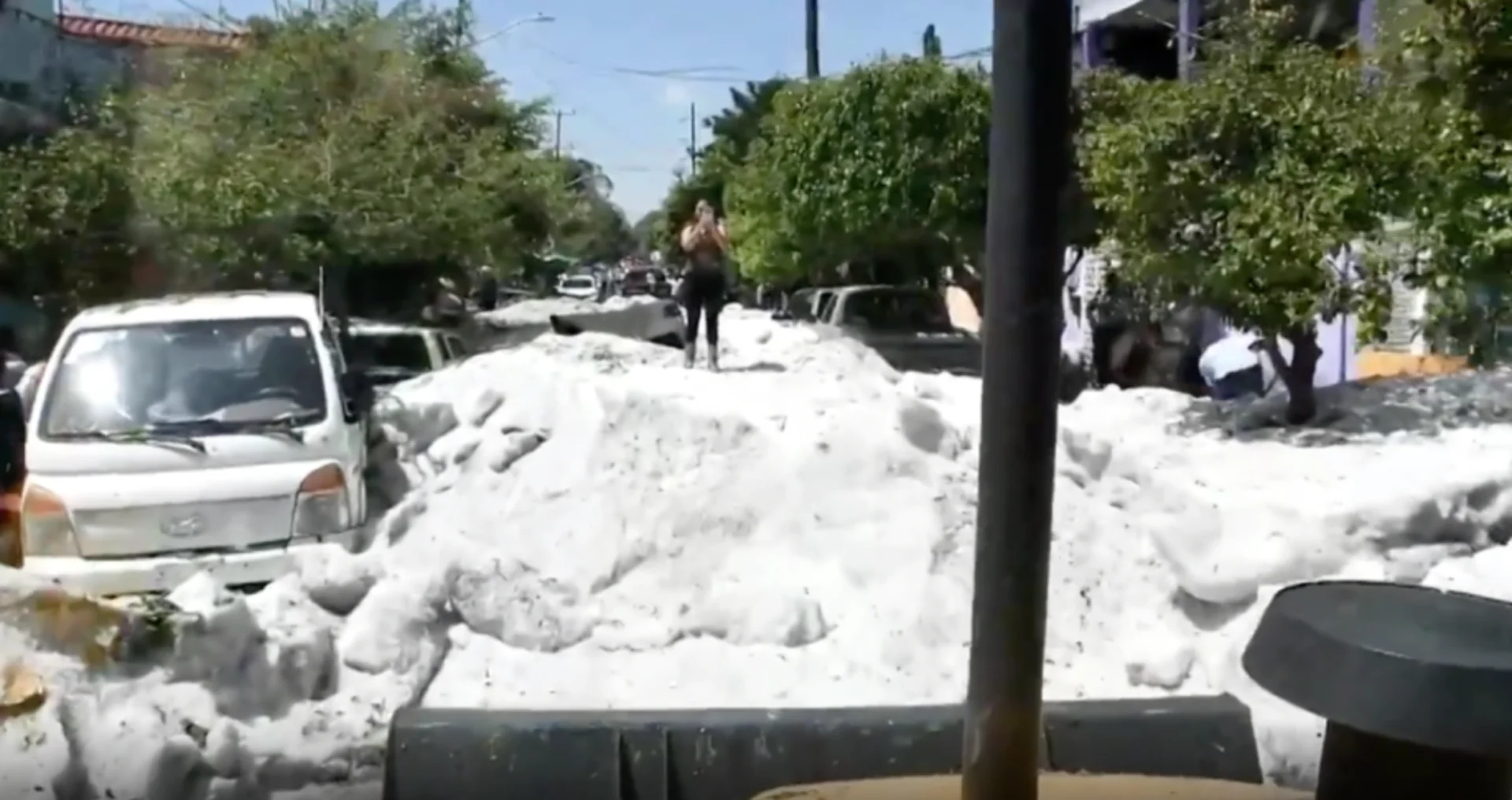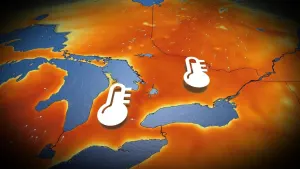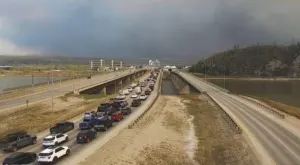
How a hailstorm and flash floods in Mexico trapped trucks in chunks of ice
This Day In Weather History is a daily podcast by Chris Mei from The Weather Network, featuring stories about people, communities and events and how weather impacted them.
--
On Sunday, June 30, 2019, Guadalajara, Mexico was covered in 1.5 meters of ice. Huge trucks were stuck in the road as massive pileups of hail prevented vehicles from moving.
Guadalajara is one of Mexico’s busiest cities with around 5 million residents. The city is located near the Sierra Madre mountain range at an elevation of about 1,500 metres.
Dozens of vehicles were buried in the hail and almost 200 homes and businesses were damaged.
Though the area has received hail before, nothing to this extent. A few people showed early signs of hypothermia but no fatalities were reported.
The Mexican Army was deployed to assist with relief efforts.
Hail, especially to this extent, isn't common in tropical climates. Weather Network meteorologist Nadine Powell explains that several atmospheric conditions resulted in this extreme hail, including high CAPE (convective available potential energy) values.
"Typically, the higher the CAPE value, the better the potential for stronger storms and bigger hail. Conditions aloft would have also needed to be colder than normal, and the environment would have had to maintain itself for a considerable length of time to produce such a prolific amount of hail," shares Powell.
Although the area was pummelled with hail, some of the pictures could be a little bit misleading. The thunderstorm produced hail and flash flooding. The hail was able to pile up so high because it was accompanied by the flooding.
"These enormous hail drifts are almost certainly the result of an urban flash flood during a hail-producing thunderstorm," shared climatologist Daniel Swain via Twitter, adding, "which washed huge volumes of hail ice from around city into culverts & low-lying areas. Ice floats, so it can go wherever floodwaters do."
The hail and flash flood combination is what caused the huge piles of ice. After the floodwaters subsided, the hail solidified into solid blocks of ice and trapped vehicles. The trucks and cars were eventually set free by heavy machinery.
To learn more about the 2019 Mexican hailstorm, listen to today's episode of "This Day In Weather History."
Subscribe to 'This Day in Weather History': Apple Podcasts | Amazon Alexa | Google Assistant | Spotify | Google Podcasts | iHeartRadio | Overcast'
Thumbnail: Guadalajara, Mexico. Courtesy of Protección Civil JAL via Storyful









